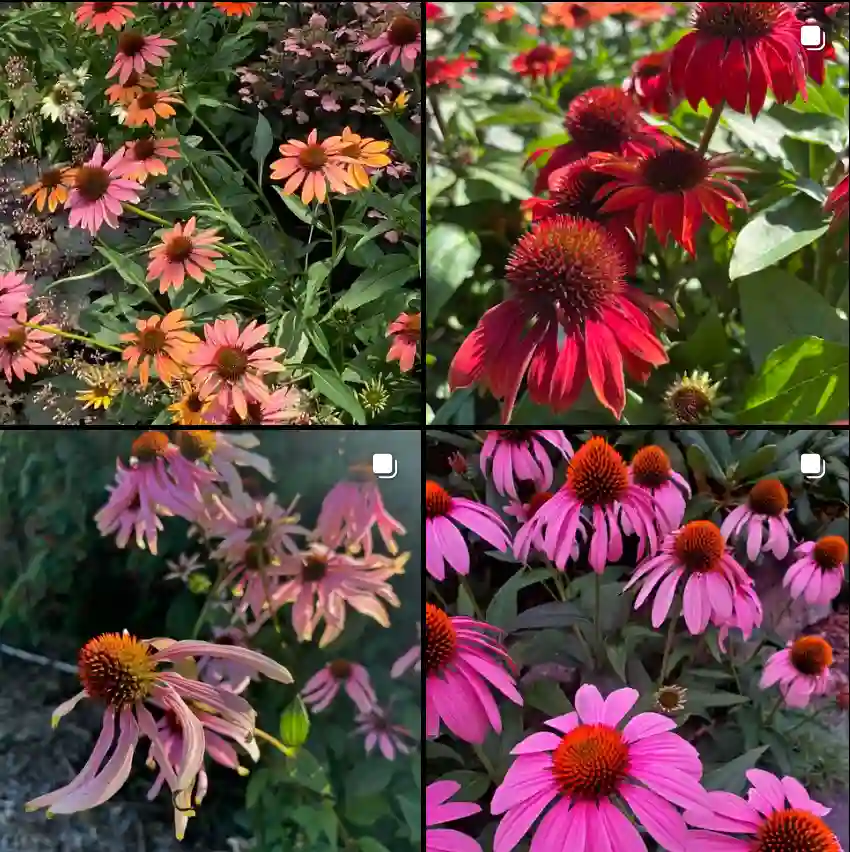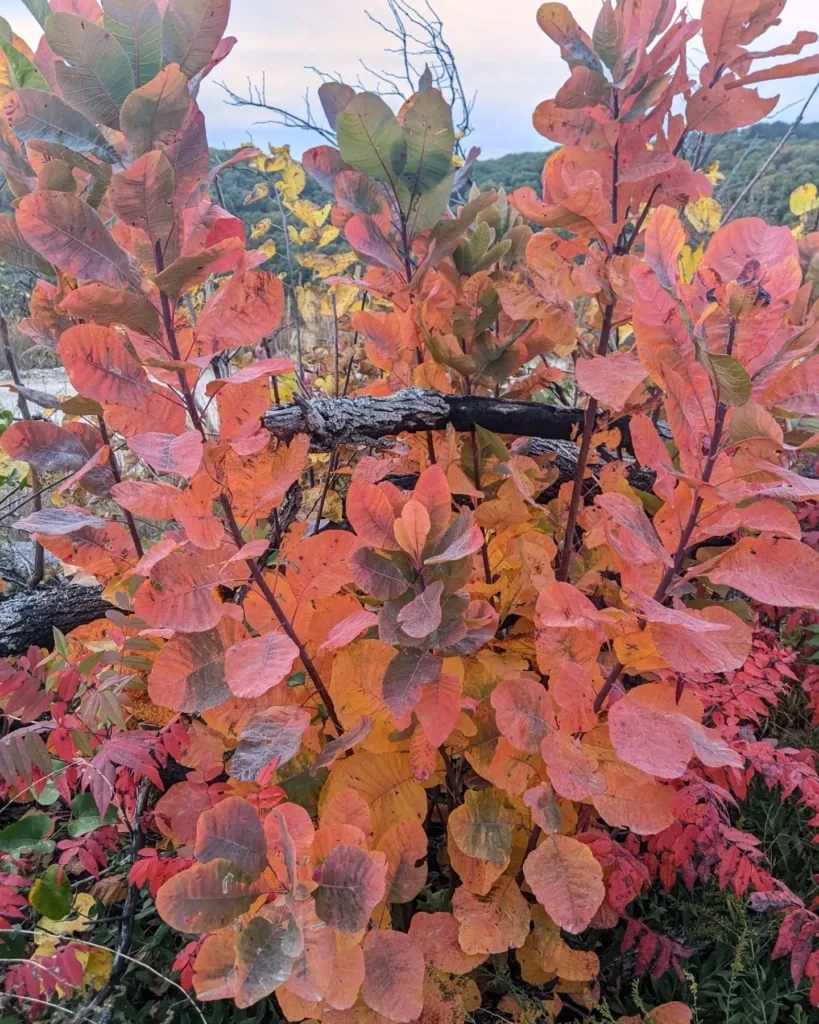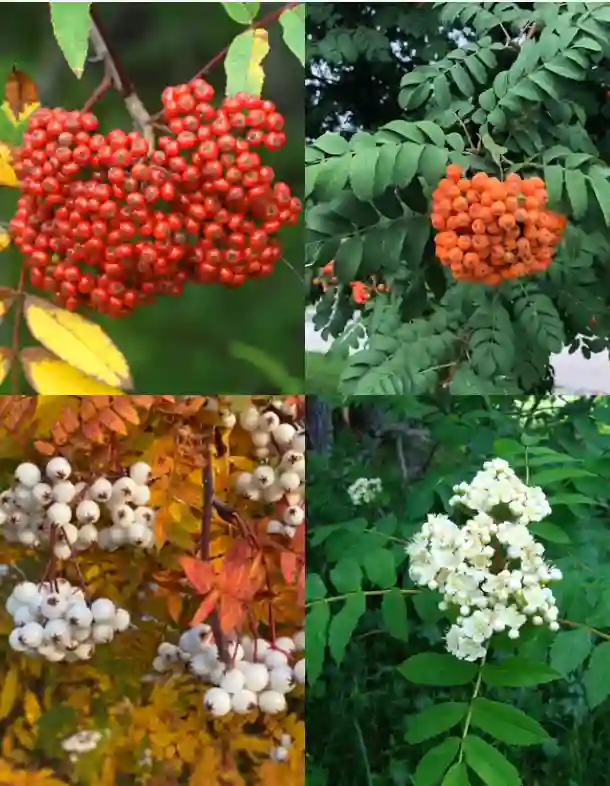FAQs About Bidens Bipinnata
Bidens Bipinnata, often known as the “Spanish Needles”, is a fascinating plant that has garnered interest for its unique characteristics and benefits. Having grown and cared for this plant, I’ve encountered numerous questions about it. Here, I’ll address some of the most frequently asked questions to provide a comprehensive guide for anyone interested in Bidens Bipinnata.
227 Species in Genus Bidens
What is Bidens Bipinnata?
Bidens Bipinnata is a flowering plant native to the Americas. It belongs to the Asteraceae family and is known for its delicate, fern-like foliage and bright, yellow flowers. The plant is often recognized by its needle-like leaves and the unique arrangement of its flowers. It thrives in various environments, making it a versatile choice for gardeners.
Where to Buy Bidens Bipinnata?
Finding Bidens Bipinnata might require a bit of searching. You can often find this plant at local nurseries or garden centers that specialize in native or wildflowers. Online retailers such as Amazon, Etsy, or specialized plant websites also offer Bidens Bipinnata. Additionally, check out plant swaps or botanical gardens in your area, as they might have leads on where to purchase this interesting plant.
How to Care for Bidens Bipinnata?
Caring for Bidens Bipinnata is relatively straightforward. Here are some key care tips:
- Light: This plant prefers full sun to partial shade. It thrives best when it receives at least six hours of sunlight each day.
- Watering: Keep the soil consistently moist but not waterlogged. Water the plant regularly, especially during dry periods, but ensure proper drainage to prevent root rot.
- Soil: Bidens Bipinnata grows well in well-drained soil. It’s adaptable to various soil types, but a sandy loam or loamy soil works best.
- Fertilizing: A balanced, all-purpose fertilizer applied during the growing season can help promote healthy growth and blooming.
How to Propagate Bidens Bipinnata?
Propagating Bidens Bipinnata can be done through seeds or cuttings:
- Seeds: Sow seeds directly into the soil in spring or start them indoors about 6-8 weeks before the last frost. Keep the seeds moist and ensure they get enough light for germination.
- Cuttings: Take stem cuttings in late summer or early fall. Place the cuttings in a rooting hormone before planting them in a pot with well-draining soil. Keep the cuttings in a humid environment until roots develop.
What to Plant with Bidens Bipinnata?
Bidens Bipinnata pairs well with various plants, adding a splash of color and texture to your garden. Consider planting it alongside:
- Marigolds: Their vibrant colors and similar sunlight requirements complement Bidens Bipinnata beautifully.
- Zinnias: Another bright and cheerful flower that thrives in similar conditions.
- Coneflowers (Echinacea): These attract pollinators and have a similar growth habit.
- Black-eyed Susans: Their contrasting colors and growth patterns make a striking combination.
Can You Grow Bidens Bipinnata Indoors?
Bidens Bipinnata is typically grown outdoors, but it can be grown indoors with the right conditions. Ensure it receives ample light, either from a sunny window or grow lights. Indoor conditions can sometimes be less ideal, so maintaining proper humidity and soil moisture is crucial. However, it may not thrive as well indoors compared to its outdoor environment.
Is Bidens Bipinnata Toxic?
Bidens Bipinnata is generally considered non-toxic to humans and pets. However, as with many plants, ingestion of large quantities might cause mild digestive upset. It’s always a good idea to keep plants out of reach of children and pets to prevent any accidental ingestion.
Benefits of Growing Bidens Bipinnata
Growing Bidens Bipinnata offers several benefits:
- Pollinator Friendly: The bright yellow flowers attract bees, butterflies, and other beneficial insects.
- Low Maintenance: It’s a hardy plant that requires minimal care, making it a great addition to any garden.
- Aesthetic Appeal: Its unique foliage and flowers add a distinctive look to garden beds and containers.
Common Problems with Bidens Bipinnata
Bidens Bipinnata is generally hardy, but you might encounter a few issues:
- Pests: Watch out for aphids and spider mites, which can occasionally infest the plant. Regular inspection and using insecticidal soap can help manage these pests.
- Diseases: Root rot can occur if the plant is overwatered. Ensure proper drainage to prevent this issue.
- Self-seeding: Bidens Bipinnata can self-seed and spread rapidly, which might be a concern if you’re looking to control its growth.
Compare with Other Similar Plants
Bidens Bipinnata is often compared with Bidens Alba and Bidens Pilosa:
- Bidens Alba: Known for its white flowers, this plant shares some similarities with Bidens Bipinnata but differs in flower color and slightly different foliage.
- Bidens Pilosa: This plant has similar growth habits but features a more upright posture and different leaf structure compared to Bidens Bipinnata.
In conclusion, Bidens Bipinnata is a wonderful plant that can enhance your garden with its vibrant flowers and low-maintenance nature. Whether you’re buying it, caring for it, or trying to propagate it, this guide should help you make the most of this beautiful plant.
If i die, water my plants!



